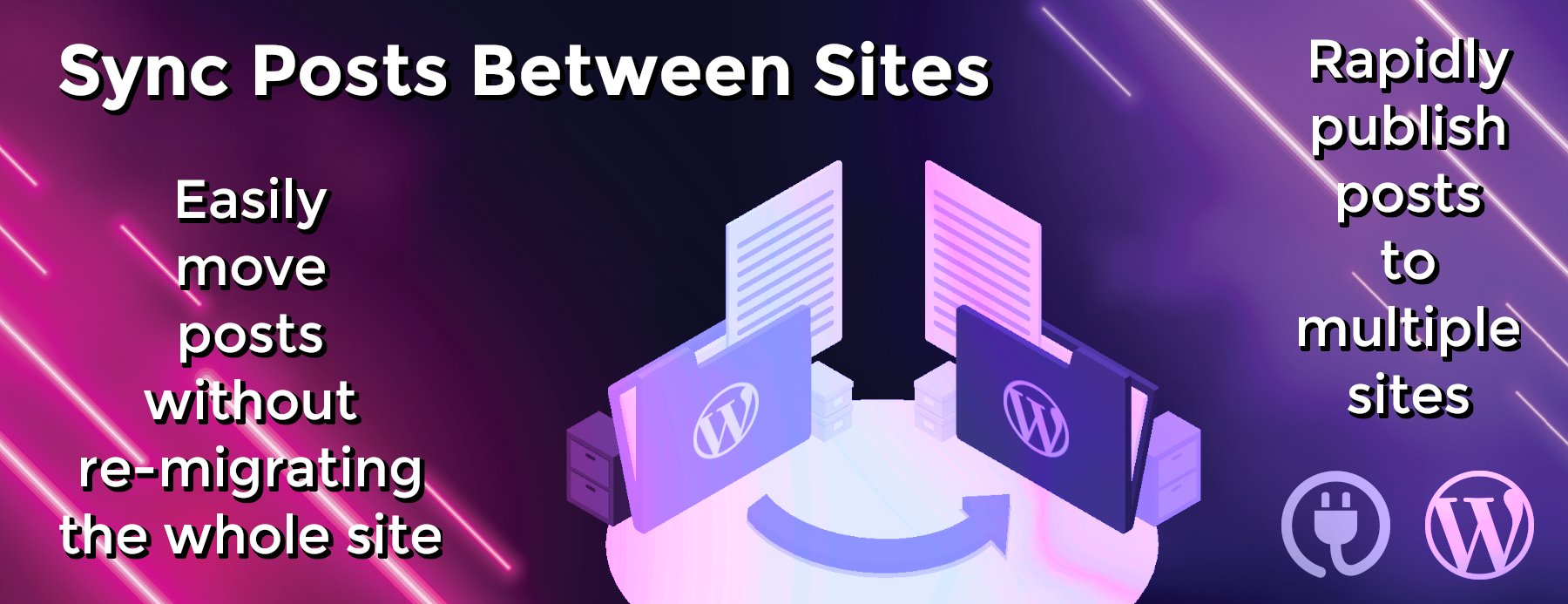Is Too Much Content Making People Bounce From Your Website?
People want more, more and more, so why do they want to work less, less and less to get it? Many blogs and website owners are expressing concern over bounce rates. Even time on the site analytics are disturbingly short for content that should take longer to read or view. Unfortunately, the argument rages about content length, as it has, according to the following information, for years. Why is it so hard to pin down the problem? Because the web has changed and old content ideas are outdated.
Yes, it seems like no matter what you do, people still want it faster. If the customer is always right, then how do you provide them something that might be impossible? Sometimes it’s a matter of shaving off seconds from seeing and acting upon your content. Does content length really drive SEO? Are there other reasons people seem to bounce off a site so quickly. Is it true that people only read a small percentage of content? The answers aren’t surprising. What’s surprising is that the questions still exist.
Is Less, More?
There are people who believe that the bigger your content, either more images, videos or, most commonly, longer written content, the better for your SEO and keeping bounce rates down. There are also those who believe that it’s not about keeping people bouncing around your website but getting them in and then letting them find what they need and get out.
John Rampton, in his April 4th, 2014 article on Forbes.com, “How Long Should My Blog Post Be?” (a right to the point title!), argues both sides:
You’ve probably heard plenty of supporters who champion shorter posts, meaning posts that are around 200 words. This is perfectly acceptable if your blog has been created to sell a product of service. This is effective because you’re getting directly to the point with your call to action (CTA). If you want visitors to subscribe to a newsletter or email subscription, for example, keep it short and sweet. People have the tendency to have short attention spans and you don’t want them to forget the real reason why brought them to your blog.
That doesn’t mean that you can simply write a short blog post and call it a day. In fact, it may be more challenging to actually posts that are 200 words. But, if you can make all of your points and grab the attention of people, then go for it. But, how can you grab the attention of online surfers? After all, there have studies that have shown that most people only read between 20% to 28% of a post.
The idea is to catch the attention of people by getting directly to the point. You can do this by utilizing visual aids like infographics or scannable lists. This type of content is easy for readers to scan and digest.
John Rampton, Forbes.com
Rampton also accurately argues the reasons longer content post are better:
On the other side, there are a lot of people who are all about posts that are meatier. We’re talking about 1,000 words or more. If that sounds insane, it’s not. It’s actually pretty common.
Why would someone sit down and write so many words? Because it’s good for SEO. Actually. It’s excellent for SEO. And, isn’t that kind of a good thing for any content marketing campaign? Don’t worry, there’s research to back that claim up.
According to some incredibly detailed research from serpIQ, the top 10 results from Google all have a minimum of at least 2,000. The reason? Because Googlebot, Google’s web crawler, looks at every piece of content on a page, such as words, titles and whatever other information you’ve shared. So, when you have post that has like 1,500 words you have more flexibility with keywords, meaning that you’re not limited to one or two specific keywords. Instead, you can include a lot more of keywords that may not be specific, but are still relevant to your theme. This works because Google just doesn’t provide exact results, but results that are related to the subject.
Speaking of the SEO and length connection, it has also been discovered that longer posts increase your chances of gaining quality backlinks. Again. That’s kind of a big deal.
John Rampton, Forbes.com
In Jonathan Morrow’s article of September, 2009, “Do Long Posts Scare Away Readers?” which is a good barometer of the changes in content surfing five years ago (an eon in web time), shows not a change in post length but the same question arises:
Some writers don’t seem to know when to shut up. They ramble and pontificate and theorize, seemingly oblivious to the agony it’s causing everyone else.
To avoid this awful fate, you probably try to keep your posts short, chopping up longer ideas into a series of posts. No need to scare away readers by dumping too much information on them all at once, right?
Makes sense, but what’s weird is it doesn’t work that way.
Many popular posts here at Copyblogger are over 1,000 words. But other times, short posts pack the most punch. It’s almost as if the length of a post has no impact whatsoever on how successful a post becomes.
Jonathan Morrow, Copyblogger.com
Morrow also lays out important posting basics that are still true today:
Here’s what matters:
- Writing something that’s interesting
- Taking out everything that’s not interesting
That’s it. Sometimes, it takes 3,700 words to make an idea stand out. Other times, all you need is a few sentences. What’s important is that you do your idea justice in as few words as possible.
Professionals call it writing “tight.” Long or short, the piece couldn’t possibly be any shorter and create the same effect.
Blogger and recent Copyblogger contributor Michelle Russell calls it “writing with a knife” — perhaps the best metaphor I’ve heard to describe the process.
Jonathan Morrow, Copyblogger.com
Great, in theory. Yes, content must be interesting. Whether it’s written or an image or video. In the end, as all can agree, it’s the quality of the information and how it is presented. In terms of content being responsible for bounce rate, is it that once an article or post has been seen, the viewer goes elsewhere? Are viewers more likely to view two shorter posts, rather than one longer post? No one seems to agree.
RELATED: Understanding Your Community Hosting Options
With sites such as Buzzfeed, their time on the site per viewer is one of the highest and with long content such as the “20 this” or “50 that.” It may be because it’s in a humor category or images. It may also be because it’s purely entertainment and not informative content.
Sideway Surfing
Roger Algeri, in his LinkedIn News post, “The Disappearing Homepage,” brings up another factor about bounce rates on your blog:
Traditionally, a website’s homepage has been treated like a book’s cover. When designing a website, marketers imagine that most of a website’s visitors will pass through the homepage en route to their destination. This is bedrock conventional wisdom in the web design world.
New research indicates that it is (increasingly) incorrect.
A major shift is occurring in user behavior — and people are now bypassing the website’s front door at a striking rate. The new data are compelling — and have major implications for the design of all websites.
Studies of content-heavy news sites are showing that homepage traffic is dramatically declining. For example, in 2012, fewer than half (48.8%) of the visits to NYTimes.com started on the homepage. The Wall St. Journal reported, less than 40%. Meanwhile, Yahoo.com saw a 24% drop in homepage traffic.
Roger Algeri, LinkedIn.com
Algeri’s firm took a look at statistics of different websites for whom his firm does marketing:
- On average, only 39% of the traffic enters through the homepage.
- That’s a 17% decrease just within the last year. Nearly every law firm website we manage has experienced a significant decrease in traffic entering through its homepage.
- The greater the number of visitors to a website, the smaller the percentage that came through its homepage. For example, a client with over 25,000 unique visitors a month had only 24.5% of its traffic entering the website through its homepage.
So, what’s driving this decline? “Sideways surfing.” People are entering content-heavy websites sideways. They’re clicking on links in social media posts, emails, and Google searches, to be taken directly to content deep within a website (like a bio, or an article, or a case-study). The confluence of two major trends — content marketing and social media — are the driving forces behind sideways surfing.
Roger Algeri, LinkedIn.com
What Algeri says is true and while he imparts that this isn’t a reason to abandon your homepage. Algeri says sites must adapt and “put their best foot forward” on their content pages.
RELATED: Create an SEO Plan Prior to Developing a Website
If you think about where social media comes in and where social media platforms were when Mr. Morrow wrote his article, you can see that the method of sharing as marketing is what brings most people to your website via sideways surfing. Mr. Algeri makes the perfect point about how you must deal with this major shift, as he calls it. Making each and every landing point on your website a portal to your entire site, placing any ads or affiliate links and links to other content.
It’s also important to remember that you will have a high bounce rate on sideways surfing because people viewing your content from another site link will return to the site sharing your content link.
Quality Over Quantity
If there even can be a question of content length leading to a higher bounce rate, perhaps the best advice comes from Neil Patel’s article, “How Long Should Each Blog Post Be? A Data Driven Answer,” exploring the deeper reasons for deciding on the length of your posts:
When it comes to web content, length is only one of the factors to consider. You’ve got to consider a host of other issues. Take into account how all these other factors affect the length of your post.
- Substance – this is the most basic consideration. What are you trying to say? What’s the substance? If you can say it in 100 words, then you may want to do so. If it requires 2,000 words, that’s fine too.
- Style – some writing styles lend themselves to content that is short, brief, and to the point. Other times, the style is more conversational and interactive. Style will affect your content length.
- Frequency – how often you post affects how long your posts are. Some bloggers may post only once a week, but when they do, it tends to be a very thorough blog post. Other sites pop out short ones every day. It’s just a matter of how much the content marketing team can manage. Good content takes time!
- Format – the way an article is formatted has a massive impact upon its readability. I tend to use a lot of subheadings, a sprinkling of images, and short paragraphs. It’s important to optimize and break up your content into chunks so people can scan it.
- Purpose – every good content marketing plan has a purpose… many purposes, actually. The ultimate goal is conversions, but within this broad goal, there are sub goals. Other goals may be to spread brand awareness, drive social engagement, grow email lists, provide education or improve SEO. Different purposes will naturally mean differing length requirements.
- Audience – a huge part of content creation is knowing your audience: their needs, their interests, their passions, and their problems. Your goal is to create content your audience is going to read.
- Medium – not all content is words. When I post an infographic, I typically use around 100 words to introduce the topic. The rest of the words are in the infographic, which don’t really translate into an accurate word count metric. If you post a video, meme or infographic, word count becomes irrelevant.
Neil Patel, QuickSprout.com
Conclusion
I have many clients for whom I provide content for their websites. There are those who want 3,000 word minimum articles and not one word less, some who want no more than 800 words, images only and other requirements they see to help with shares, rank, bounce rates and unique hits. That’s a lot of factors to judge the success of a post. In articles on the best times to post, that also becomes a factor one must consider.
RELATED: Does Your Web Site Have Intelligent Human Interactions?
The sense I put to content that works and content that doesn’t, is what it is selling (purpose, according to Mr. Patel). Say too little and you don’t make the sale (substance). Say too much and you lose the customer’s attention (audience).
I also have clients that won’t use sharing buttons, believing that it forces viewers to leave comments, instead. I haven’t seen that work, as of yet but these blogs made the commitment to try, risking their own blog. They still do it, so something must be working. In the end you have to judge effective content based on some analytics and ignore others. If marketing statistics were always right, then certain brands wouldn’t disappear the way some have.
Top image ©GL Stock Images




